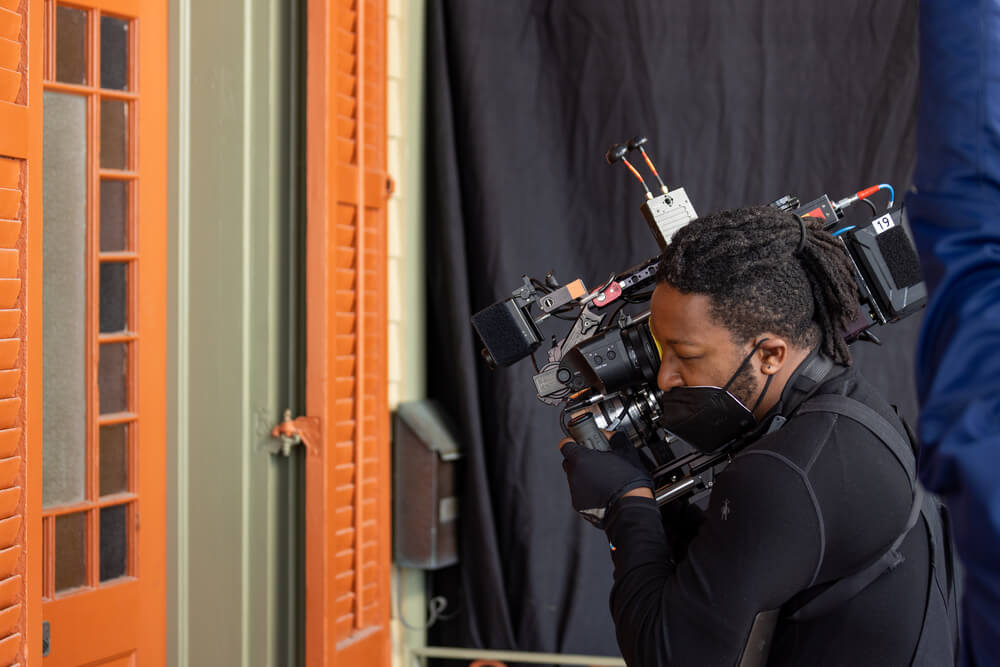Jomo Fray’s cinematography for Nickel Boys
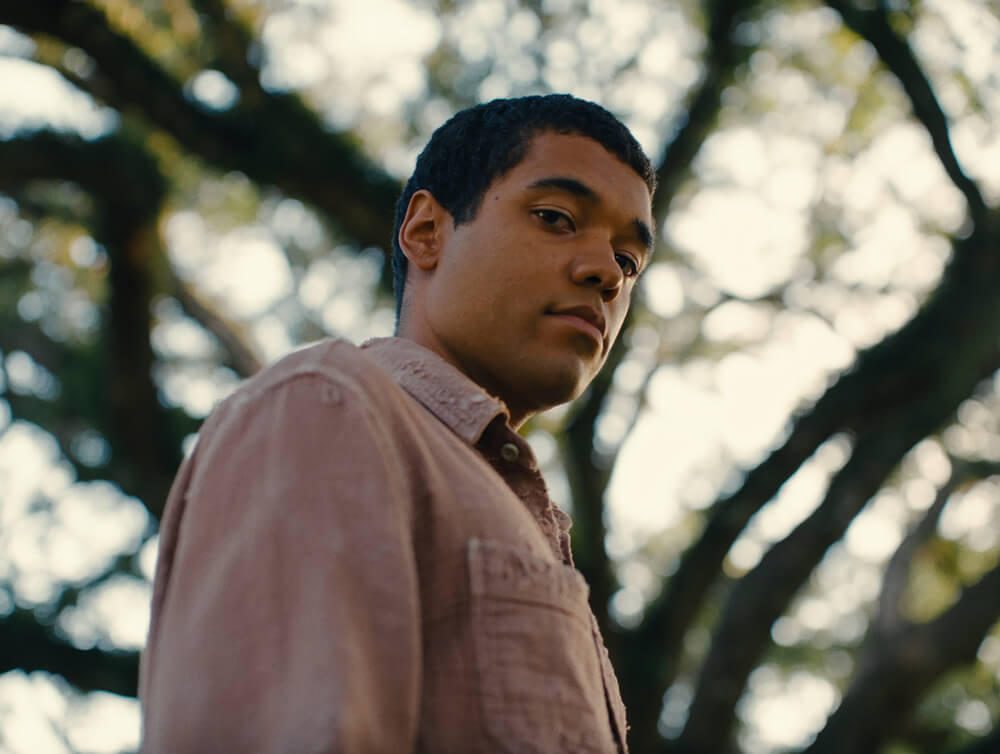
Directed by RaMell Ross and adapted from Colson Whitehead’s Pulitzer Prize-winning novel, Nickel Boys offers a poignant exploration of friendship, resilience and injustice. The feature dives into the lives of Elwood Curtis (Ethan Herisse) and Turner (Brandon Wilson), two African American boys navigating the harrowing realities of a segregated reform school, Nickel Academy, in the Jim Crow South. Through its evocative storytelling and immersive visual approach, the movie captures the intensity of their experiences with both intimacy and immediacy.
Central to achieving the feature’s distinct aesthetic was cinematographer Jomo Fray, whose collaboration with Ross brought a unique perspective to the project. Utilizing Panavision VA large-format spherical lenses and an innovative point-of-view shooting style, the filmmakers crafted an unmediated, present-tense visual language that draws audiences directly into the narrative. In this interview, Fray shares insights into his creative process, technical choices, and the inspirations that continue to shape his work.
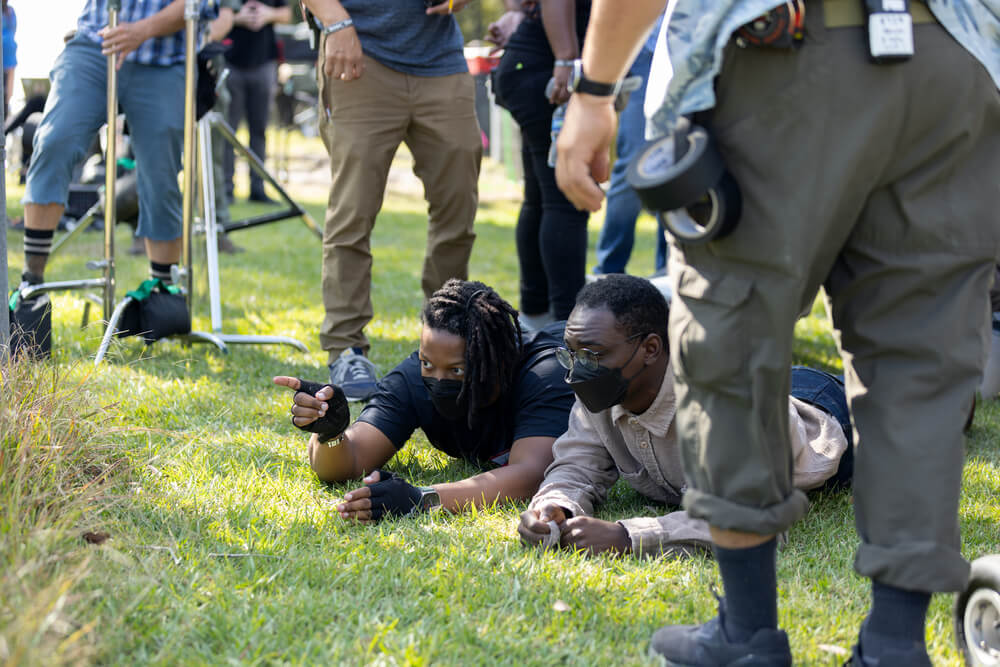
Panavision: How did you come to collaborate with RaMell Ross on this project?
Jomo Fray: I was a massive fan of his first feature, Hale County This Morning, This Evening. So many of the images were burned into my memory after the first time I saw it in 2018. I hadn’t quite seen images like that before. There was something so deeply specific and evocative about RaMell’s work that I knew I had to meet him, and when I heard he was working on this movie, I knew I needed to talk to him.
What optical characteristics did you see in the VA primes that made them the right match for Nickel Boys?
Fray: The optical qualities of the VAs were like nothing I had seen before. They were so unique that they instantly pulled me in — they have a distinctly three-dimensional quality that felt incredibly immersive to us. Steve Krul at Panavision New Orleans surprised me by bringing them out while I was testing, and I am so glad he did.
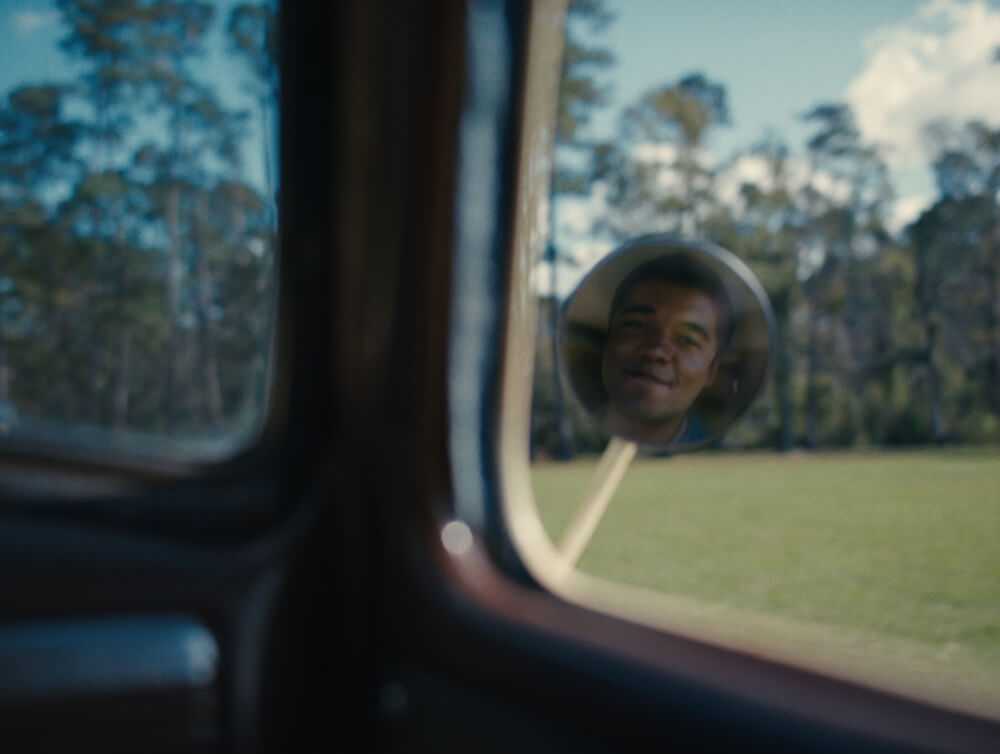
To render the world of Nickel Boys, we wanted an image that felt unmediated by nostalgia or memory. We wanted it to feel distinctly present tense, as if the viewer were being pulled into an image that exists in the here and now of the story. At the same time, we also wanted an image with a sense of wonderment to it. The way the VAs render volume gave us that feeling. Aside from their optical qualities, they are fast and surprisingly lightweight, which were both important given our space restrictions with so many of our point-of-view builds.
RaMell and I are both deep admirers of optical design, and we were both a bit surprised by these lenses. After the test, I was determined to get on the phone with Dan Sasaki to learn more about the design and approach. They are a very exciting new option.
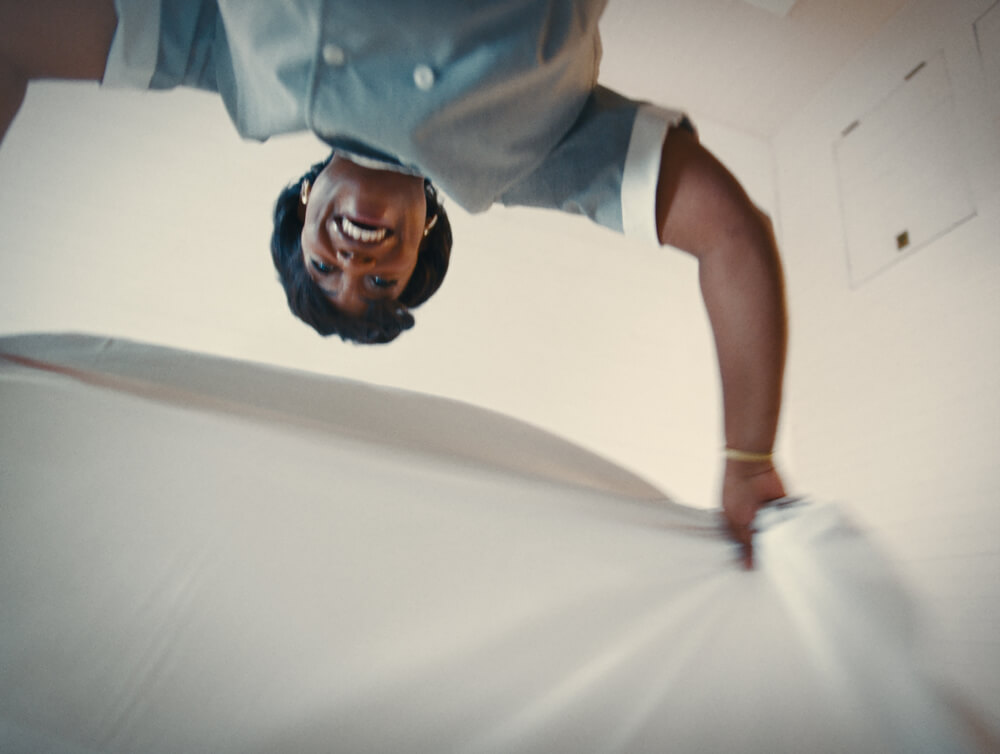
How does this project differ from others in your career?
Fray: This film was unlike anything I have ever done or been asked to do. Shooting entirely in point-of-view for the movie introduced an incredibly technical and creative challenge. The goal was to be in point-of-view but still maintain a level of poetry and immersion in the image. Luckily, we had a brilliant and creatively adventurous crew supporting us every step of the way.
What inspired you to become a cinematographer — and what keeps you inspired today?
Fray: Within cinematography, I see a unique opportunity to express yourself on a more emotional level through imagery. I think since my youngest memories, I have always wanted to converse with other humans in a deeper and more vulnerable way. Cinematography gave me that opportunity. I am continually and eternally inspired by the beauty and complication of human experience. As we evolve, our visual mediums evolve in tandem. I want to know what the images of the future look like.
